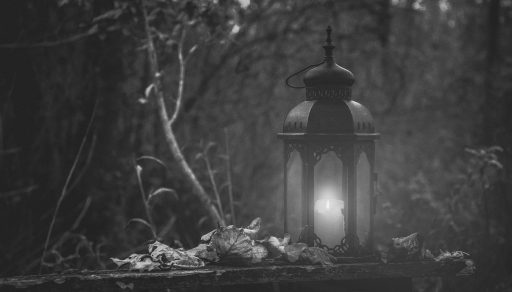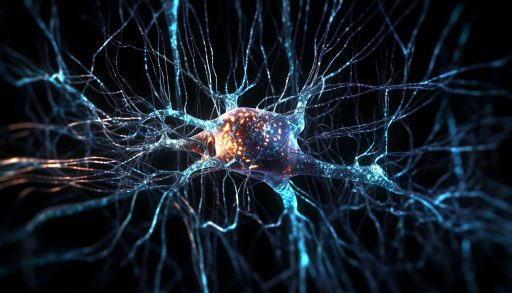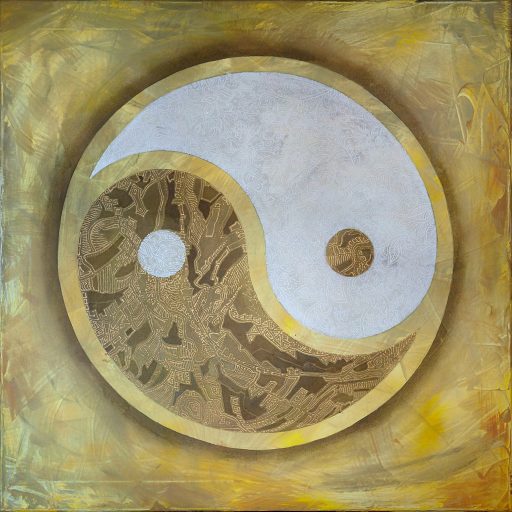Distinguishing Sleep Paralysis from Unexplained Paranormal Phenomena
Sleep paralysis is a well-recognised neurological condition that has, for centuries, been mistaken for supernatural or paranormal encounters. However, not every nocturnal disturbance or unexplained event can be attributed to a sleep disorder. For those interested in the scientific study of the paranormal, it is essential to distinguish between experiences rooted in neurobiology and those that might genuinely warrant further investigation as unexplained phenomena. This article provides a balanced, evidence-based guide to differentiating sleep paralysis from events that may defy current scientific understanding, reflecting both the scientific consensus and the complexities of paranormal research.Understanding Sleep Paralysis
Sleep paralysis occurs during the transitions between sleep and wakefulness, specifically at the onset of sleep (hypnagogic) or upon waking (hypnopompic). During these episodes, individuals are conscious but unable to move or speak, often experiencing intense fear, a sensation of pressure on the chest, and vivid hallucinations. These hallucinations typically involve the sense of an intruder, feelings of suffocation, or sensations of floating or leaving the body. The underlying cause is a temporary disconnect between the brain’s awakening and the body’s ability to move, a state known as muscle atonia, which normally prevents us from acting out our dreams during REM sleep. Episodes are usually brief, lasting from a few seconds to several minutes, and end either spontaneously or when the individual fully awakens.Why Sleep Paralysis Feels Paranormal
The intense fear, vivid hallucinations, and sense of a threatening presence during sleep paralysis have contributed to its association with supernatural entities in many cultures. The hallucinations are linked to neurochemical activity in the brain, which can induce dream-like, mystical, or even out-of-body experiences. Although individuals often retain some awareness that the experience is not real, the sensations can be so powerful that they feel entirely convincing at the time. Cultural beliefs and expectations also play a significant role in shaping the content and interpretation of these episodes.Key Criteria for Differentiation
To distinguish sleep paralysis from genuinely unexplained or potentially paranormal events, consider the following criteria:Timing and Context
Sleep paralysis occurs exclusively during sleep-wake transitions. If the event happens while falling asleep or waking up, especially if accompanied by immobility and hallucinations, sleep paralysis is the most likely cause. Paranormal phenomena reported during full wakefulness, in the middle of the day, or while the individual is physically active, do not fit the sleep paralysis profile.Physical and Environmental Evidence
Sleep paralysis leaves no physical trace. There are no moved objects, marks, or environmental disturbances. The experience is entirely internal and subjective. Unexplained phenomena that involve physical evidence, such as objects being displaced, unusual marks, or environmental changes simply cannot be explained by sleep paralysis alone and may warrant further investigation.Multiple Witnesses
Sleep paralysis is a solitary experience. Even if others are present, only the affected individual will perceive the event. If multiple people independently report witnessing the same phenomenon at the same time, this suggests an external cause beyond sleep paralysis.Duration and Frequency
Sleep paralysis episodes are brief, typically lasting seconds to minutes, and are confined to sleep transitions. Events that persist for extended periods, recur outside of sleep transitions, or occur at any time of day are unlikely to be explained by sleep paralysis.Emotional and Psychological Factors
Sleep paralysis is almost always accompanied by intense fear, panic, and a sense of helplessness, directly linked to the physiological state of paralysis and the brain’s threat response. While fear can accompany unexplained phenomena, other emotions—such as curiosity, awe, or calm—may be present. If the individual is able to move, interact, or respond during the event, it is not sleep paralysis.Corroboration and Investigation
Sleep paralysis experiences are subjective and cannot be externally verified. There are no recordings, physical traces, or independent witnesses. Unexplained phenomena that are independently corroborated—through video, audio, or multiple witness testimony—fall outside the scope of sleep paralysis and may merit further scientific or paranormal investigation.Parapsychological and Environmental Considerations
Mainstream psychology recognises that many reports of hauntings or ghostly encounters can be attributed to psychological factors, including sleep paralysis, hallucinations, and suggestion. However, environmental factors can also play a role in creating experiences that feel paranormal. Infrasound (low-frequency sound waves), electromagnetic fields, and draughts can all produce sensations of unease, chills, or even hallucinations. These factors should be ruled out before attributing an event to the paranormal.Parapsychology, the scientific study of paranormal phenomena, employs methods such as environmental monitoring, witness interviews, and attempts at objective documentation (for example, EMF detectors, audio/video recording). While the validity of these methods is debated, they are useful in distinguishing between subjective experiences (like sleep paralysis) and events with potential external causes.When to Suspect Something Unexplained
While sleep paralysis accounts for many nocturnal supernatural experiences, not all strange or frightening events at night can be explained by this phenomenon. Consider the possibility of an unexplained event if:- The experience occurs during full wakefulness and is not linked to sleep transitions.
- There is physical evidence or environmental disturbance.
- Multiple witnesses independently report the same event.
- The event is documented through objective means (audio, video, environmental sensors).
- The nature of the experience does not fit the typical emotional or perceptual profile of sleep paralysis.
A Balanced, Evidence-Based Approach
It is essential to approach reports of nocturnal phenomena with both scientific skepticism and open-mindedness. Sleep paralysis is a robustly understood phenomenon with clear neurobiological underpinnings, but it is not a catch-all explanation for every strange experience. Careful consideration of timing, context, physical evidence, witness testimony, and environmental factors can help distinguish between sleep paralysis and events that may genuinely defy current scientific explanation.For those investigating the paranormal, maintaining rigorous standards of evidence and critical thinking is vital. By understanding the science of sleep paralysis and applying systematic investigative methods, it is possible to filter out experiences with known causes and focus attention on those rare cases that remain truly unexplained.
Further reading:
Sleep Foundation: Sleep Paralysis—Symptoms, Causes, and Treatment
PMC: The Neuropharmacology of Sleep Paralysis Hallucinations
NeurologyLive: Sleep Paralysis—What Happens, and Why
US Ghost Adventures: Science of Hauntings—Ghosts, Spirits, and Hauntings (Beginner's Guide)




